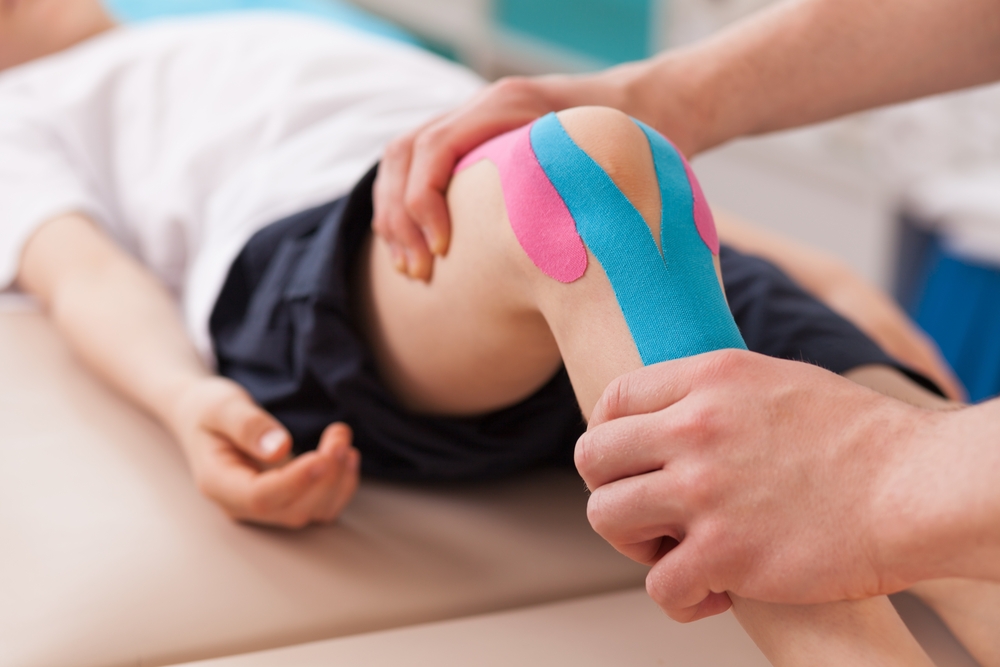Orthopedics and Bracing Considerations for SMA

SMA provides myriad challenges to multiple people on the caregiving team. As a prosthetist and orthotist, there are a few observations I have made over the years in terms of bracing considerations for SMA.
The first big question relates to whether to brace or not, or if there is a middle ground that would be both feasible and advantageous for the patient. The goals to keep in mind while considering the best approach to bracing are how to best maintain symmetry and range of motion.
Symmetry is critical not only for sitting but also for any upright activities. Keeping range of motion is important — especially for the feet if you want to prevent unnecessary challenges with wheelchair fittings and upright tasks. Any time you introduce an angle into an orthotic system, keeping the body in alignment requires extra force.
The next question usually focuses on the casting process. While casting is still one of the most effective ways to produce an orthosis, it is not always a practical option. For instance, casting can be difficult in medically fragile children or in those who are particularly frightened of the process.
I have found that advances in technology have afforded good alternative options to casting. For instance, those affected by SMA can be digitally scanned. I often achieve these scans using an iPad and a 3D sensor adapter.
There are quite a few companies that use these digital scans to fabricate orthoses. I have found Surestep spinal braces to be a comfortable, flexible, and supportive option. The Surestep brace has a soft foam that is in contact with the trunk of the body as well as a flexible shell for on top. The shell allows for specific cutouts that expand during breathing. For children affected by SMA that have their breathing compromised, these braces can offer sufficient support while being comfortable enough to wear all day.

